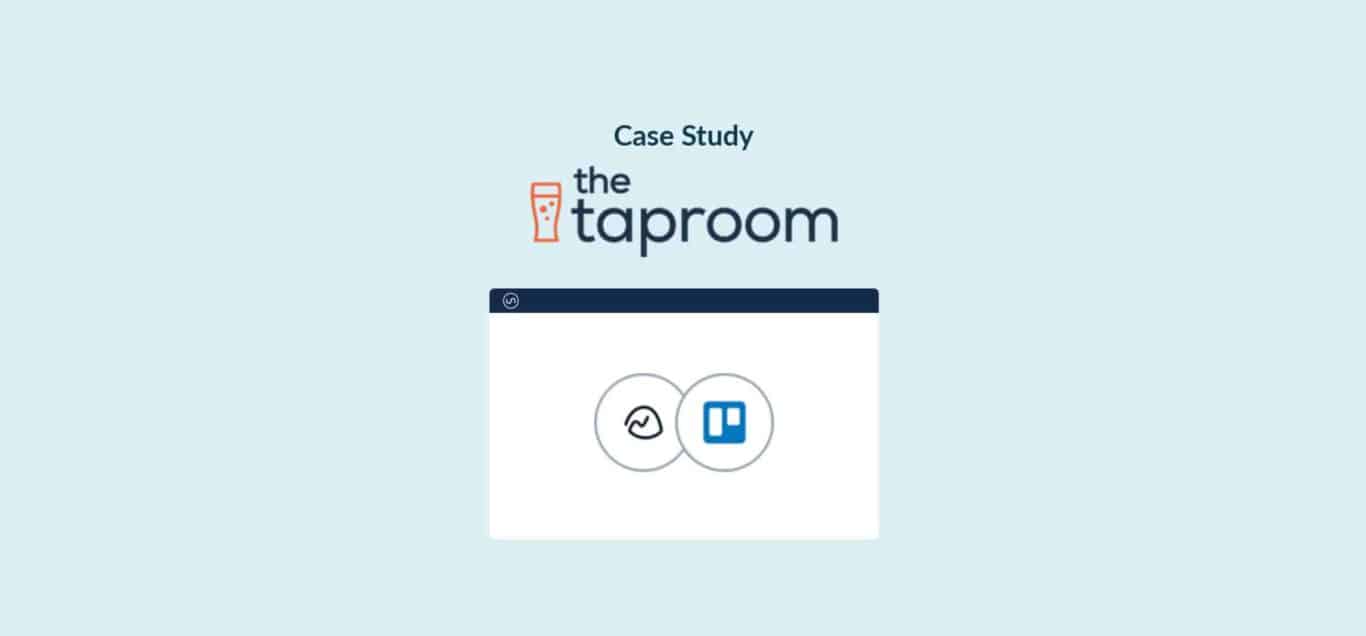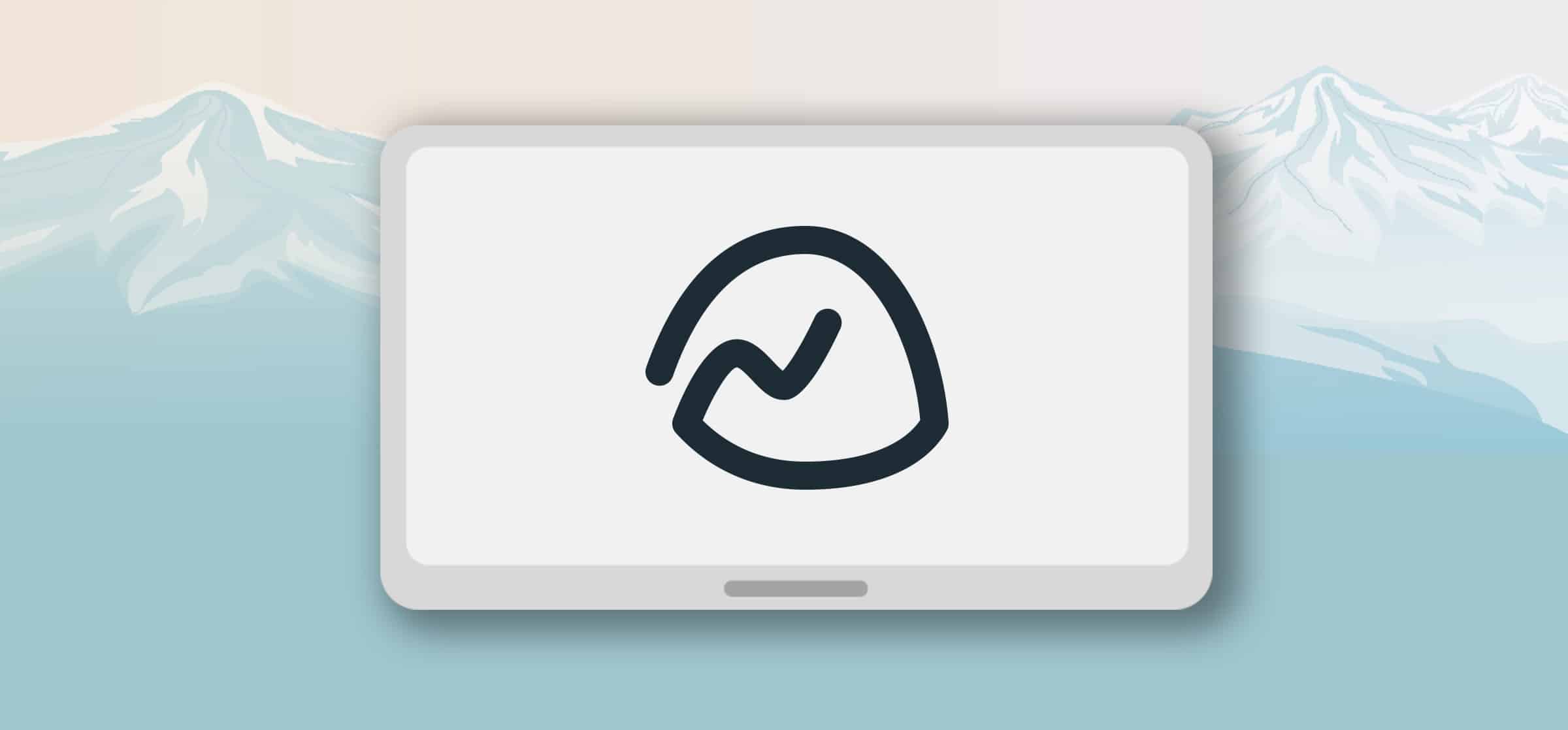How to Use Basecamp Like a Pro
From the “campfire” chat, itemized to-do lists, and a space to organize shared files, Basecamp offers an elegant, simple solution to small teams looking to get organized. Small but mighty, Basecamp is often selected because of its simple interface — but don’t be fooled: behind that clean exterior is a sophisticated tool that can help improve your final results as well as the road to get there. Rather than get mired in traditional project management software, Basecamp offers loose structure that can be molded to the needs of the team using it. The result? A highly customized tool that is super simple to use and get trained on. Here’s how to use Basecamp like a pro.
Projects > Teams
Basecamp is best for working collaboratively on individual projects. Rather than spend time dividing different tasks according to the specific teams that will contribute, organize your projects to reflect how different departments will work together on a segment of the project. This not only gives managers and project leaders a clearer understanding of where a project is at, it also encourages communication and collaboration amongst team members that don’t always work together.
Laser focus
There’s tons of evidence about how monumentally distracting notifications are. When you need to tune out the world and concentrate on the task at hand, turning off all of your notifications is a great place to start. That means Slack, your email, texts — anything that crops up on your screen in a bid for your attention. Basecamp has a great feature to help you turn off the chatter for one day: Focus Mode. Simply click your profile icon in the upper right-hand corner and travel down to “Turn on Focus Mode.” Everything from badges to notifications will be silenced until tomorrow. You can also “unfollow” projects you’re a part of but don’t need notifications about. Work in peace, get stuff done.
Emoji-everything
The whole “a picture is worth a thousand words” thing? When it comes to a project management tool like Basecamp, that still rings very true. Why say thanks, when an emoji can say it for you? Same with “great” or “I’m sick” or “I agree”? The seconds and clicks you save will really start to add up, day after day.
If you want to attain peak productivity in Basecamp, emojis are your one-way ticket. Anywhere you can type text you can also insert emojis.
- On a Mac, use control + command + space bar to pull up emoji.
- In Windows you need to click the Windows key + ; (semi-colon) to pull up the emoji picker.
And if you’re still not convinced that they’ll save you time, check out our post on creative uses of emojis at work.
Broadcast it
Get it all out in the open. Your project updates, that is. When a project isn’t quite through, have your team update where they are at to get a sense of how things are chugging along. If you’re noticing that someone is reporting the same thing every day, or someone isn’t reporting at all, it’s a good indication that they are stuck. In the same vein, a thread like this is a great place to get your teammates to weigh in on a design, some copy, or a tough issue you’re facing. Treat the project update space as a place to continue collaboration and to learn from your teammates. You’ll be surprised with how a little transitional knowledge will inform your future projects.
Use the integrations
Just as you’re integrating Basecamp with other tools using Unito (right?), take advantage of the internal Basecamp integrations most relevant to your team. By minimizing the amount of “context switching” you need to do in a given day (that is, taking your attention away from the task at hand to fiddle with something unrelated) you’re able to be more productive and keep your focus sharp. Integrations like Basecamp and Asana, Slack, and Gmail will make it easier to keep all your conversations and files in one place — meaning you can stay on task and maybe even finish a little early.
Want an example of how a real company is using Unito to integrate Basecamp with other project management tools? Check out how Netalico is doing it.
Simple, but not simple-minded. Basecamp keeps your project management breezy and downright sociable by requiring that teammates communicate and participate to keep projects on track. By leaning into this casual-but-focused structure, you’re on your way to becoming a true master of the Basecamp way.

Kelly Vaughn is the CEO of The Taproom, an agency that builds custom development solutions for high-growth businesses on Shopify. That means juggling multiple clients in Basecamp, while developers use Trello to track their work. Soon, it became impossible to figure out who was working on what. But with Unito, Kelly and her team can work from both tools without losing sight of what’s important.


